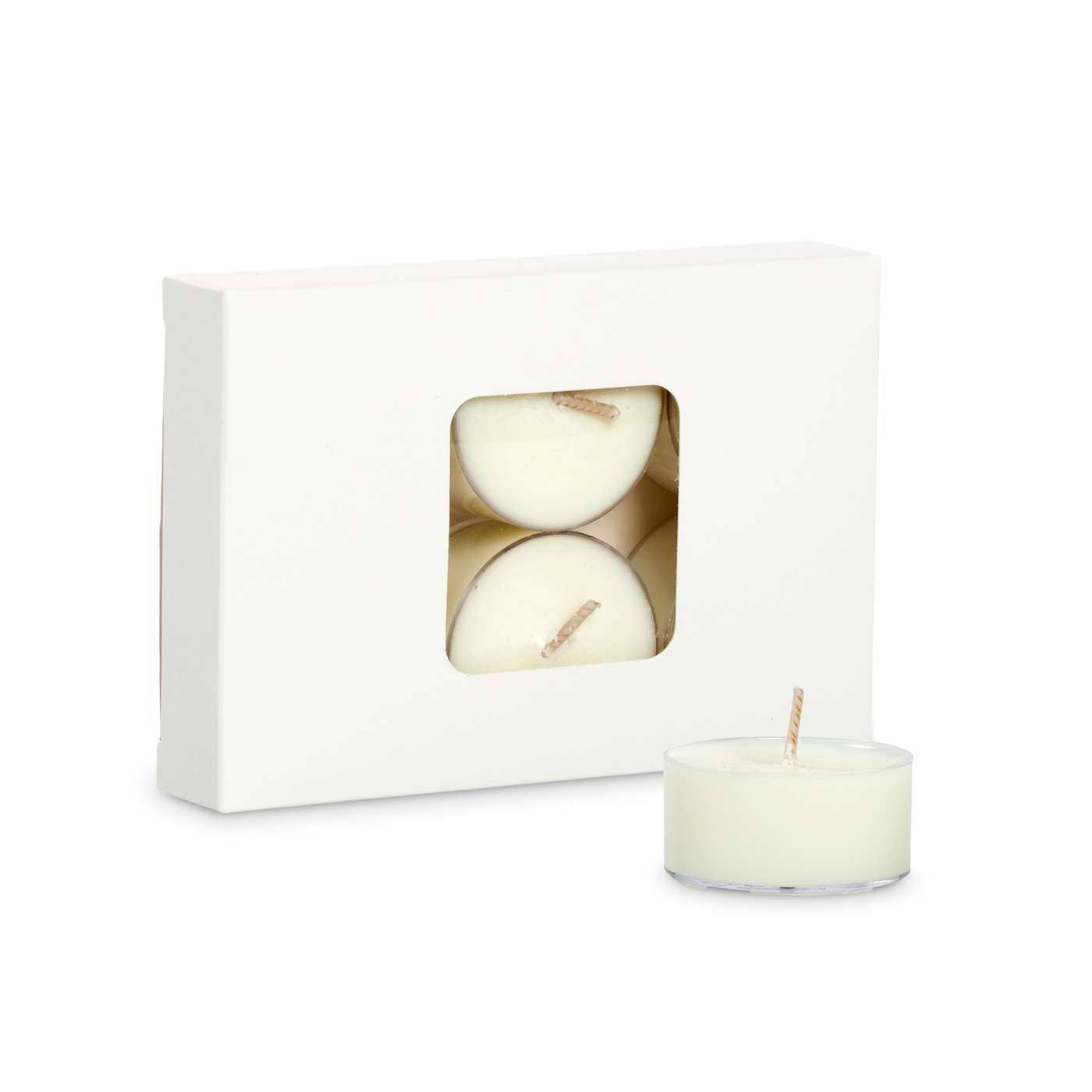From Wick to Wax: Comprehending the Chemistry Behind Soy Wax Candles and Their Environmental Influence
As we brighten our spaces with the warm glow of candle lights, there exists a world of elaborate chemistry behind the seemingly simple act of lighting a soy wax candle light. The option in between soy and paraffin wax expands beyond plain aesthetics, delving right into the realm of ecological impact and the very structure of the materials. Comprehending the molecular framework of soy wax and its burning procedure loses light on the discharges launched right into our environments. Join us as we unwind the scientific intricacies behind soy wax candle lights and explore their ramifications on our environment.
Soy Wax Vs. Paraffin Wax
When comparing soy wax and paraffin wax for candle production, it is important to recognize the distinct attributes and benefits of each material. Soy wax is a natural, renewable energy originated from soybean oil, making it eco-friendly and naturally degradable - candles. In comparison, paraffin wax is a result of petroleum refining, which elevates worries about its environmental impact and sustainability
Soy wax candles melt cleaner and give off less residue compared to paraffin wax candle lights, making them a much healthier selection for indoor air quality. Additionally, soy wax has a reduced melting point, enabling for a longer-lasting candle light that distributes scent better. Paraffin wax, on the other hand, often tends to melt faster and much less cleanly, possibly launching hazardous chemicals into the air.
From a sustainability point of view, soy wax is preferred for its biodegradability and renewable sourcing, straightening with the growing customer choice for ecologically mindful products. While paraffin wax has actually been a conventional selection in candle making because of its affordability and simplicity of usage, the shift in the direction of eco-friendly options like soy wax is obtaining momentum in the sector.
Chemical Composition of Soy Wax

Burning Process in Soy Candles
The chemical make-up of soy wax directly influences the burning process in soy candles, influencing variables such as shed time, aroma launch, and environmental effect. When a soy candle is lit, the warm from the fire melts the wax near the wick. This liquid wax is then attracted up the wick because of capillary action. As the liquid wax gets to the fire, it vaporizes and goes through combustion. The combustion process includes the vaporized hydrocarbons in the wax reacting with oxygen airborne to produce warm, light, water vapor, and carbon dioxide.
The burning performance of soy candles is affected by the purity of the soy wax and the Visit This Link quality of the wick. In addition, soy wax candles have a reduced environmental impact contrasted to paraffin candles due to their sustainable and eco-friendly nature.

Environmental Advantages of Soy Wax

Thought about a sustainable alternative to traditional paraffin wax, soy wax supplies significant environmental benefits that make it a popular choice among eco-conscious consumers. One significant advantage of soy wax is its renewable sourcing. Soy wax is originated from soybean oil, which is mainly cultivated in the United States. The cultivation of soybeans aids sustain regional farmers and reduces the dependence on non-renewable nonrenewable fuel sources utilized in paraffin wax manufacturing. Additionally, soy wax is naturally degradable, implying it breaks down naturally without releasing dangerous toxic substances into the environment. This characteristic makes soy wax candles an extra eco-friendly choice contrasted to paraffin wax candle lights, which are made from petroleum, a non-renewable source. In addition, soy wax burns cleaner and generates less soot than paraffin wax, adding to much better interior air top quality and decreasing the demand for cleansing and maintenance. In general, the environmental benefits of soy wax align with the growing need for environment-friendly and lasting items out there.
Recycling and Disposal Considerations
Recycling and correct disposal of soy wax candles play an essential function in maintaining ecological sustainability and decreasing waste in communities and homes. When it pertains to recycling soy wax candle lights, the initial step is to make certain that the candle light has shed completely. This can be attained by permitting the candle light to melt until the wick is no much longer functional, and after that allowing the remaining wax cool and strengthen. As soon as the wax check these guys out has solidified, it can be thoroughly removed from the container.

In terms of disposal, if recycling is not an option, soy wax candles are naturally degradable and can be safely dealt with in a lot of family waste systems. It is always recommended to check with regional reusing centers or waste monitoring solutions for specific standards on candle light disposal to make certain correct handling and ecological security.
Verdict
To conclude, the chemistry behind soy wax candles exposes their ecological advantages over paraffin wax candle lights. Soy wax, originated from soybean oil, burns cleaner and creates much less residue when compared to paraffin wax. The burning procedure in soy candle lights is more effective, bring about a longer and extra even shed. Additionally, soy wax is renewable and biodegradable, making it a more sustainable selection for candle light production. Reusing and proper disposal of soy wax candle lights even more add to their ecological blog influence.
When contrasting soy wax and paraffin wax for candle production, it is vital to comprehend the distinct qualities and benefits of each product (home fragrance).Soy wax candles melt cleaner and emit much less soot contrasted to paraffin wax candle lights, making them a much healthier choice for interior air top quality.Taken into consideration a sustainable option to typical paraffin wax, soy wax offers notable environmental advantages that make it a popular choice amongst eco-conscious customers. Soy wax burns cleaner and generates less soot than paraffin wax, adding to far better indoor air quality and lowering the demand for cleaning and upkeep.In final thought, the chemistry behind soy wax candle lights discloses their ecological benefits over paraffin wax candles